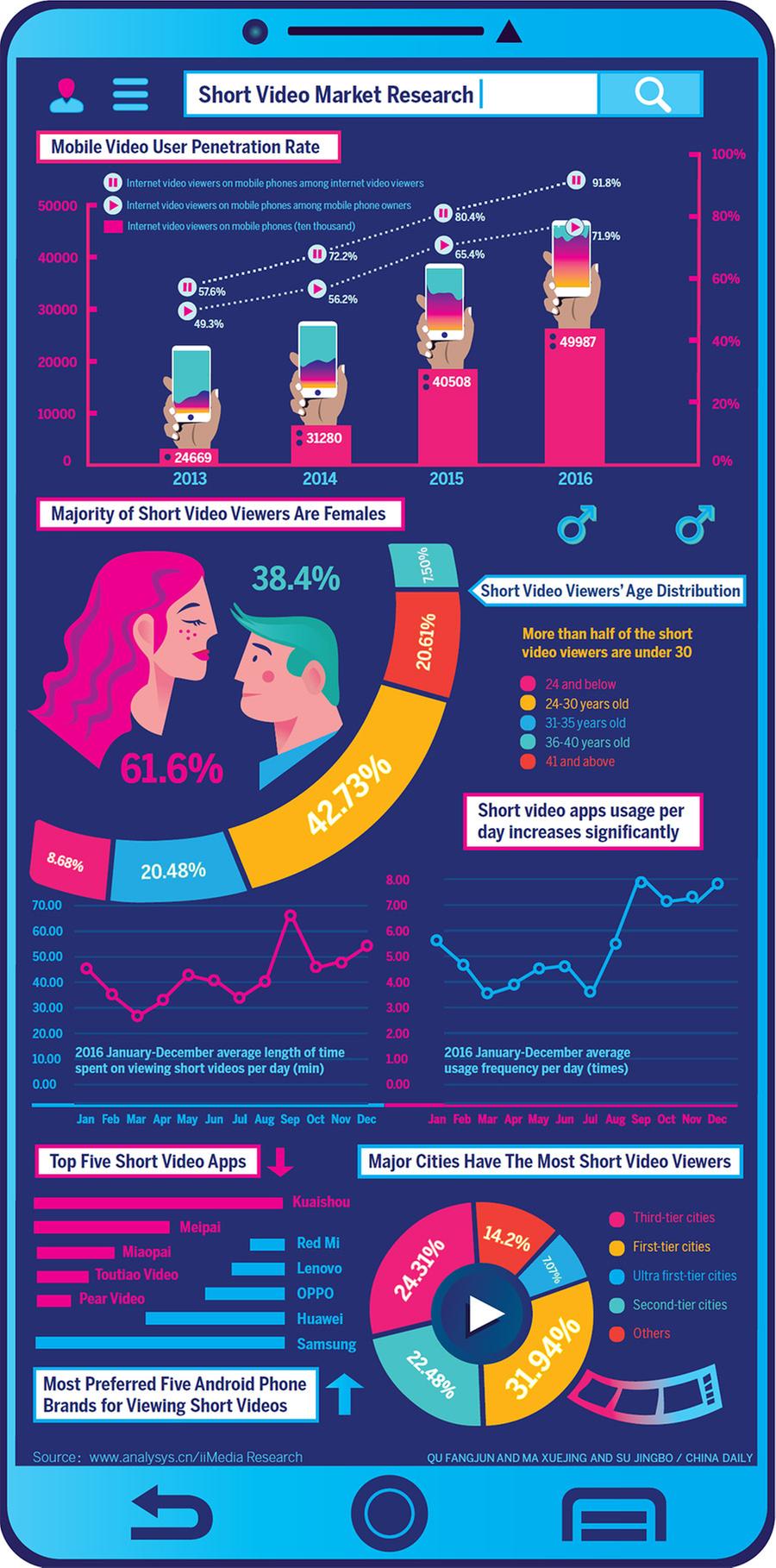that complies with SEO standards and includes "pmi removal fha loan":
Guide or Summary:Title**How to Remove PMI on Your FHA Loan: A Comprehensive Guide**How to Remove PMI on Your FHA Loan: A Comprehensive Guide**Title**How to……
Guide or Summary:
**How to Remove PMI on Your FHA Loan: A Comprehensive Guide**
Title**How to Remove PMI on Your FHA Loan: A Comprehensive Guide
Are you tired of paying Private Mortgage Insurance (PMI) on your FHA loan? PMI is an insurance premium that lenders require borrowers to pay if their down payment is less than 20% of the home's purchase price. This insurance protects the lender in case the borrower defaults on the loan. While PMI is essential for borrowers with lower down payments, it can add up to a significant amount over time.
Fortunately, there are ways to remove PMI from your FHA loan once you've built up enough equity in your home. Here's a comprehensive guide to help you understand the process and requirements for removing PMI:
**1. Understanding PMI and Its Benefits**
Before diving into the process of removing PMI, it's essential to understand what PMI is and why it's required. PMI is a form of insurance that protects lenders from loss if a borrower defaults on their mortgage. It's typically required when a borrower's down payment is less than 20% of the home's purchase price.
While PMI is an additional cost, it's essential for borrowers with lower down payments. It provides an extra layer of protection for both the borrower and the lender. However, once a borrower has built up enough equity in their home, they can request to remove PMI.

**2. How to Determine When You're Eligible to Remove PMI**
To be eligible to remove PMI, you need to have built up enough equity in your home. Lenders typically require borrowers to have a certain percentage of equity in their home before they can request to remove PMI. This percentage can vary depending on the lender and the specific terms of your FHA loan.
Generally, lenders require borrowers to have at least 50% of the home's value in equity before they can request to remove PMI. However, some lenders may have stricter requirements, so it's essential to check your loan documents or consult with your lender to determine the specific requirements for your loan.
**3. Requesting PMI Removal**
Once you've determined that you're eligible to remove PMI, you can request to do so. The process for removing PMI can vary depending on the lender and the specific terms of your FHA loan. However, here are the general steps involved:
- Contact your lender: The first step is to contact your lender and request to remove PMI. You'll need to provide documentation that shows you've built up enough equity in your home.
- Submit documentation: Your lender will likely require you to submit documentation that shows you've built up enough equity in your home. This may include recent appraisals, recent statements from your mortgage account, and any other relevant documents.
- Wait for approval: Once you've submitted your documentation, your lender will review it and determine whether you're eligible to remove PMI. This process may take some time, so it's essential to be patient.
- Update your loan: Once your lender has approved your request to remove PMI, they will update your loan to reflect the change. This may involve paying off the PMI insurance premium or having the lender cancel the insurance policy.
**4. Benefits of Removing PMI**
Removing PMI can offer several benefits, including:
- Lower monthly mortgage payments: Once you've removed PMI, your monthly mortgage payments will be lower. This can help you save money over time.

- Increased cash flow: With lower monthly mortgage payments, you'll have more cash flow available for other expenses, such as savings, investments, or paying off other debts.
- Improved financial health: Removing PMI can be a positive step towards improving your financial health. It can help you build equity in your home and reduce your overall debt.
In conclusion, removing PMI from your FHA loan can be a significant step towards improving your financial health. By understanding the process and requirements for removing PMI, you can take control of your mortgage and reduce your monthly payments. If you have any questions or need further assistance, don't hesitate to contact your lender for guidance.